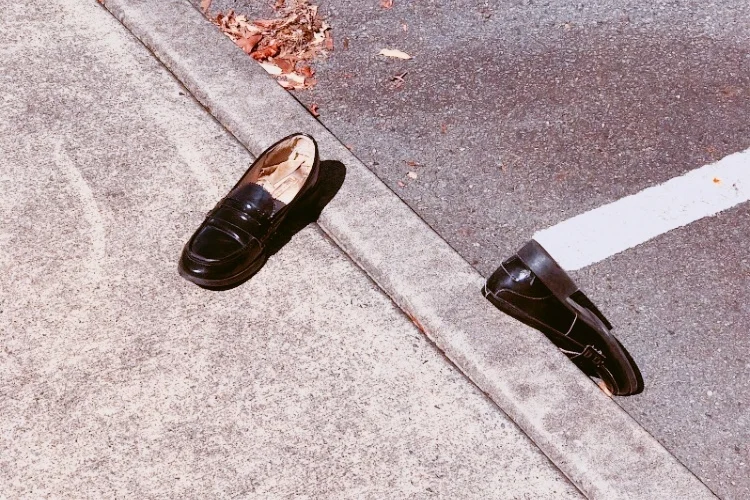Understanding the World of Fast Fashion
Fashion is a mode of expression, a part of all cultures, but a lot of our clothing consumption is hurting people and hurting our planet. This short guide explains what fast fashion is and how it affects our world.
Fashion is a mode of expression and communication. It is something that makes people feel a range of positive feelings. It’s a part of all cultures, and there’s a reason why fashion is embedded in society. Everyone wears clothing and it may seem as this frivolous thing but at the end of the day we all still need clothing.
However, a lot of our clothing consumption is done in a way that is hurting groups of people and also hurting our planet. We need to start changing our ways, from fast fashion to slow fashion. As consumers it is essential for us to become aware of where our clothing is coming from and to make sure that we are making educated decisions, while also standing up for these groups who are unable to stand up for themselves, like workers who are not receiving living wages and are in unsafe conditions just for the sake of our little trendy clothing items.
“Companies like Forever 21 and Zara process one million garments per day. …In the world’s least developed countries, an estimated 40 million people sew more than 1.5 billion garments in 250,000 factories and sweatshops each year. In many cases, these workers are not provided with basic workers’ rights, fair wages, and ethical working conditions.” - Greenorg
Image from www.femmagazine.com
But what exactly is fast fashion? Essentially fast fashion is the fashion you see constantly coming out with new collections. It’s extremely cheap and cheaply made because such a high volume is made at one time. Thousands of consumers buy these clothes daily, but the people who make them are usually not treated correctly. A lot of it is outsourced where these huge corporations can pay a lot less for labour, even though they can afford it to pay a fair wage. Not to mention they are not monitoring working conditions as closely as they should. They just move so fast because there is a constant ploy from these big businesses selling you this and the next thing and the next, and you’re hooked to having new items every week because they make you feel good. This is something we have all experienced.
To simplify fast fashion, it’s the term to describe companies such as H&M, Primark, Missguided, Topshop, Urban Outfitters and so on so forth. All those brands that are moving so quickly, offering clothing at a price cheaper than a meal.
What’s the alternative? Slow, or sustainable, fashion. The opposite. Saving up for items, making sure you are buying articles of clothing that are quality pieces that you are going to hold onto for a long period of time. So, if you go down to the cost per wear, usually buying the more expensive and cost-effective pieces are a better choice.
Cast-off woolen clothing being sorted in large
warehouses in Panipat. Photo by Tim Mitchell.
Of course, not all can go out and buy these pieces with huge labels, that is not the aim of slow fashion. Maybe you can’t buy something at a given point in time, but that allows you to think over that timeframe is this something I need? Do I own something similar? Could I find an item like this second-hand?
It is so easy to get sucked into the consumer world of buying things just to ‘fit in’ or to be ‘trendy’. Going out and buying these pieces that you are going to wear a few times before disposing of them as if they have no meaning whatsoever. Is what you are buying sustainably made, what are the fabrics, what are the environmental outcomes of your purchase? For me, the biggest question is: are these items ethically made? Simply just knowing the clothing you are wearing hasn’t hurt someone and is not contributing to these companies that don’t care and would rather make money than care about the lives that are essentially in their hands. Owning a specific, trendy item does not outweigh that for me.
When putting this into perspective for myself, as it can be hard to grasp, I relate it back to my own world. I think about how my favourite part of being alive is being lucky enough to spend time in nature; oceans, rivers, beaches, and all the other wonderful landscapes we have at our doorstep.
Seeing other countries that have completely lost their natural environment due to our consumption of fashion is heart-breaking. I truly believe that all people have an innate need for nature, and I can’t help but feel responsible for them losing theirs
Tannery waste water, Cairo.
To these people, this is their life. They may be miles away from us in the middle of nowhere, unconscious of the outside world but the cost of their life is not less important than having a new item from one of these mainstream brands.
I truly believe that change is already happening and will continue to happen as long as we hold brands accountable for their actions.
Stay tuned for a follow-up article in this series on ‘Sustainable Fashion’. In the meantime I recommend the following links if you would like to deepen your knowledge of the Fast Fashion industry and hopefully learn further reasons as to why you should stop shopping fast.









